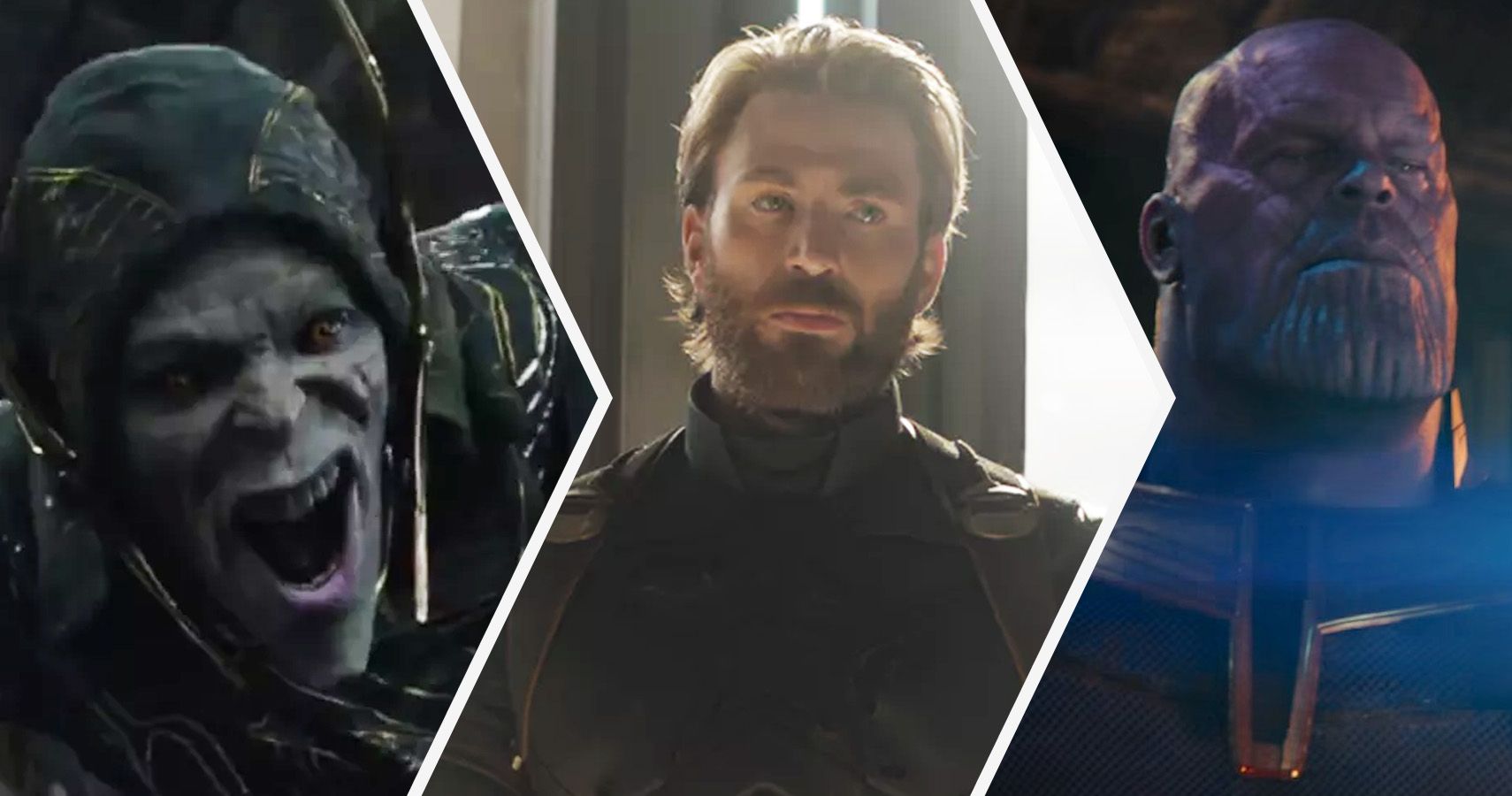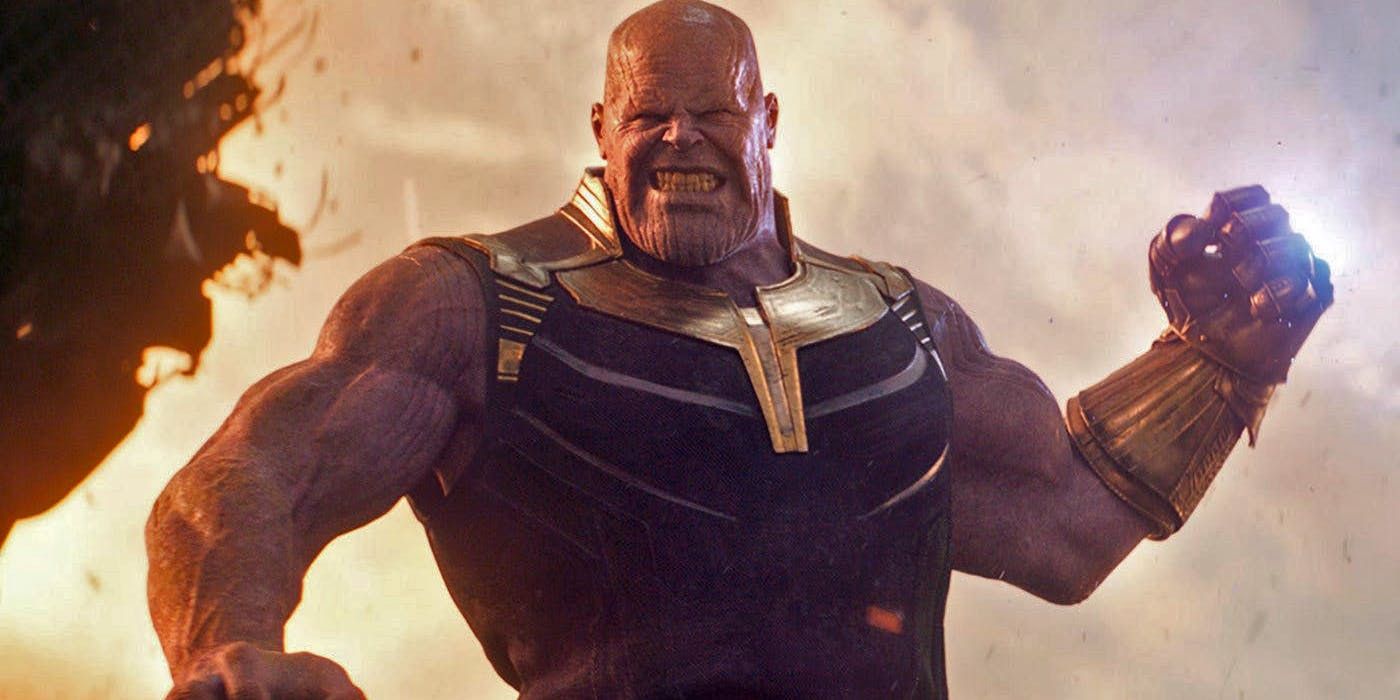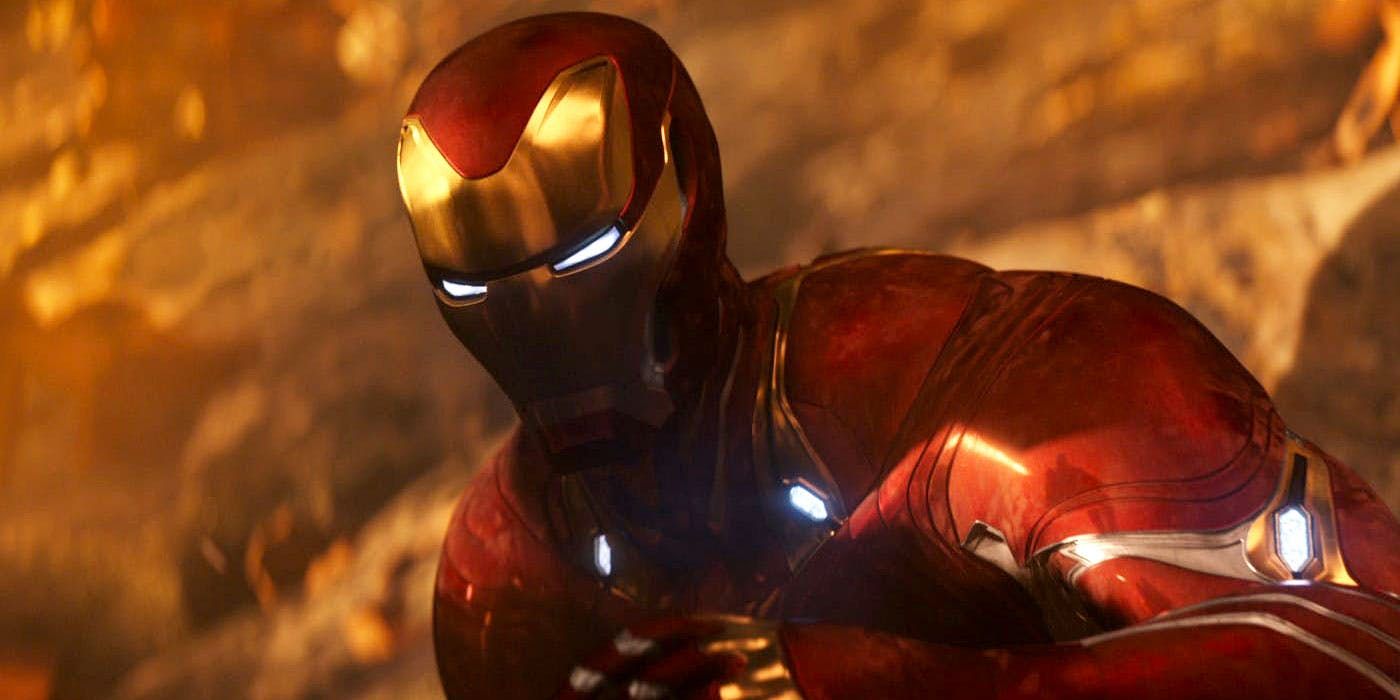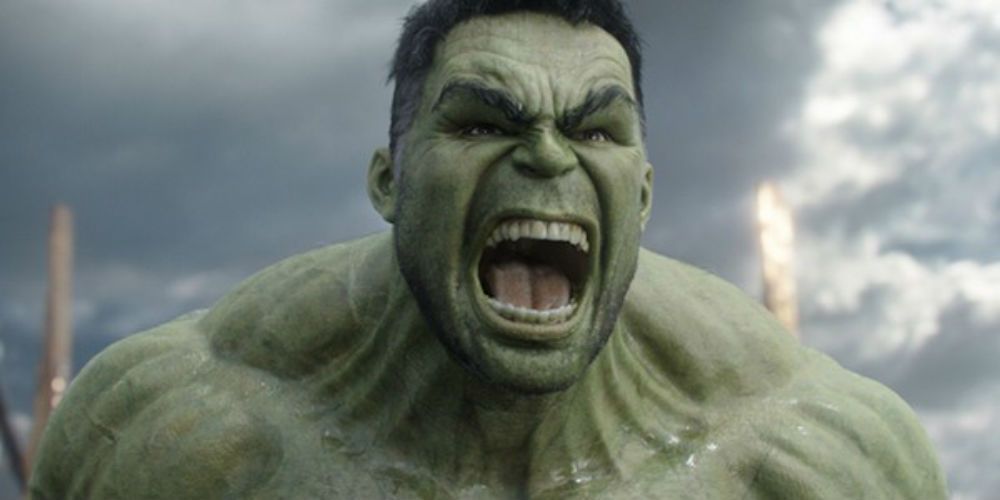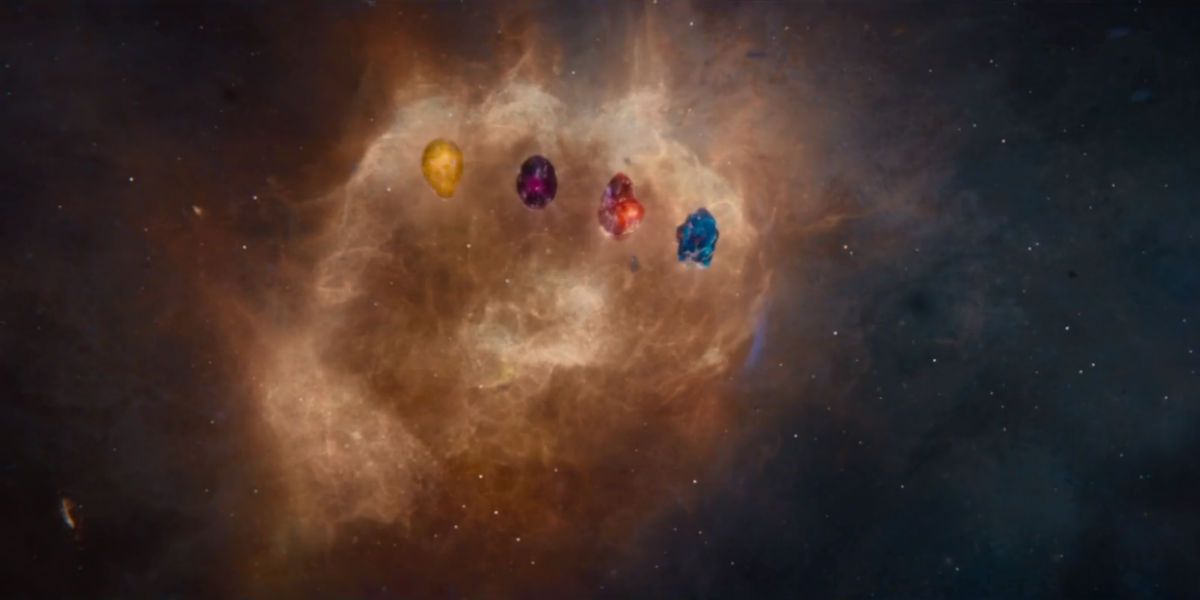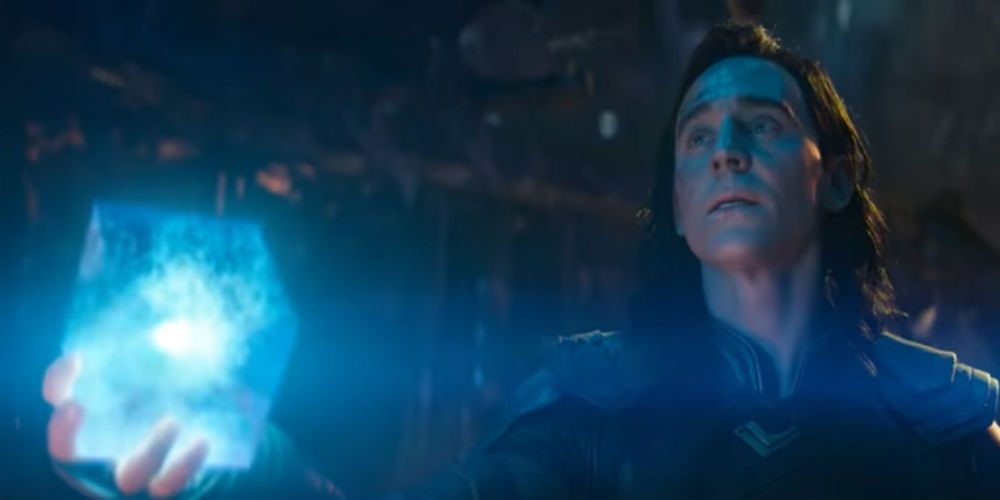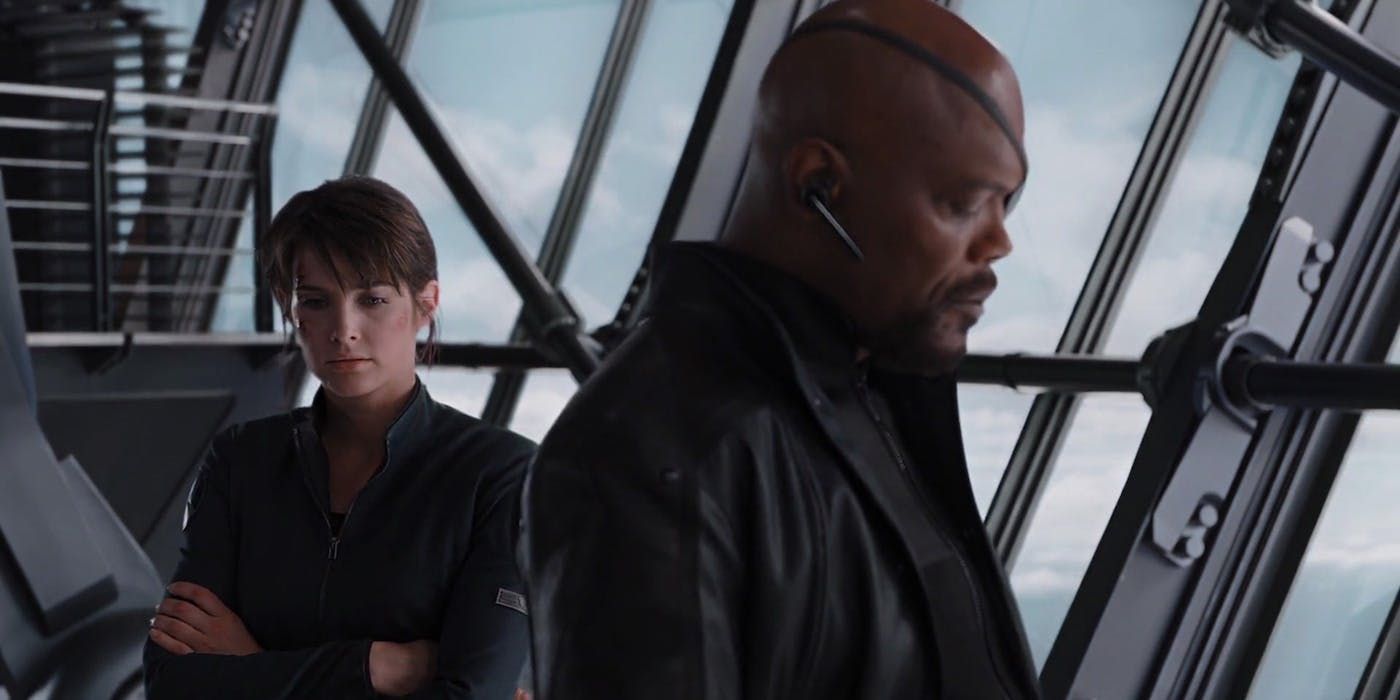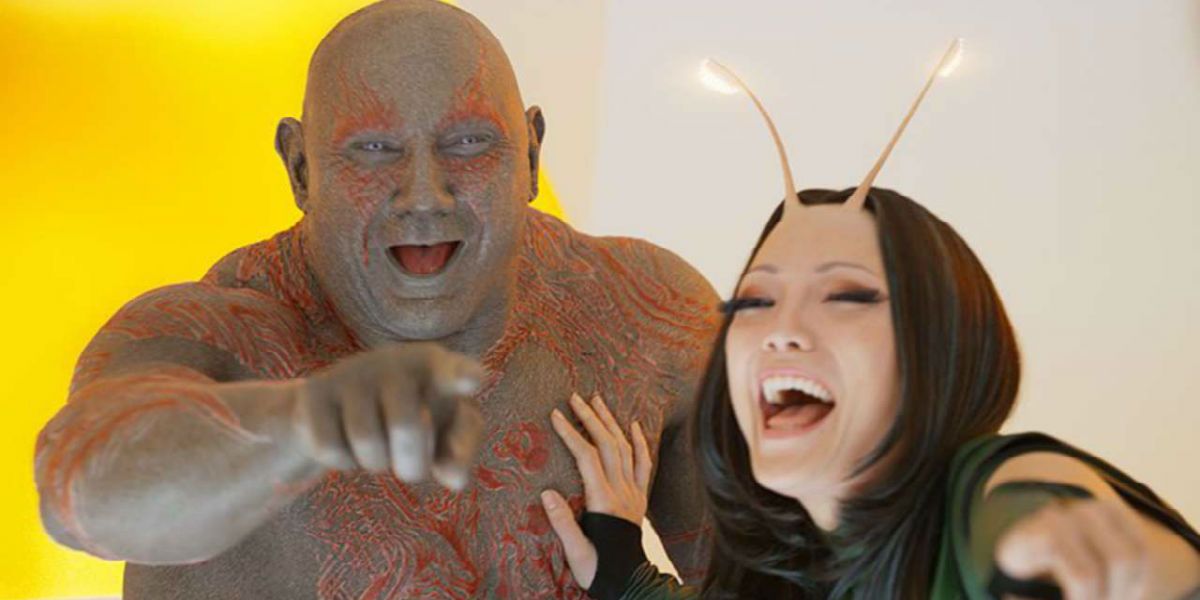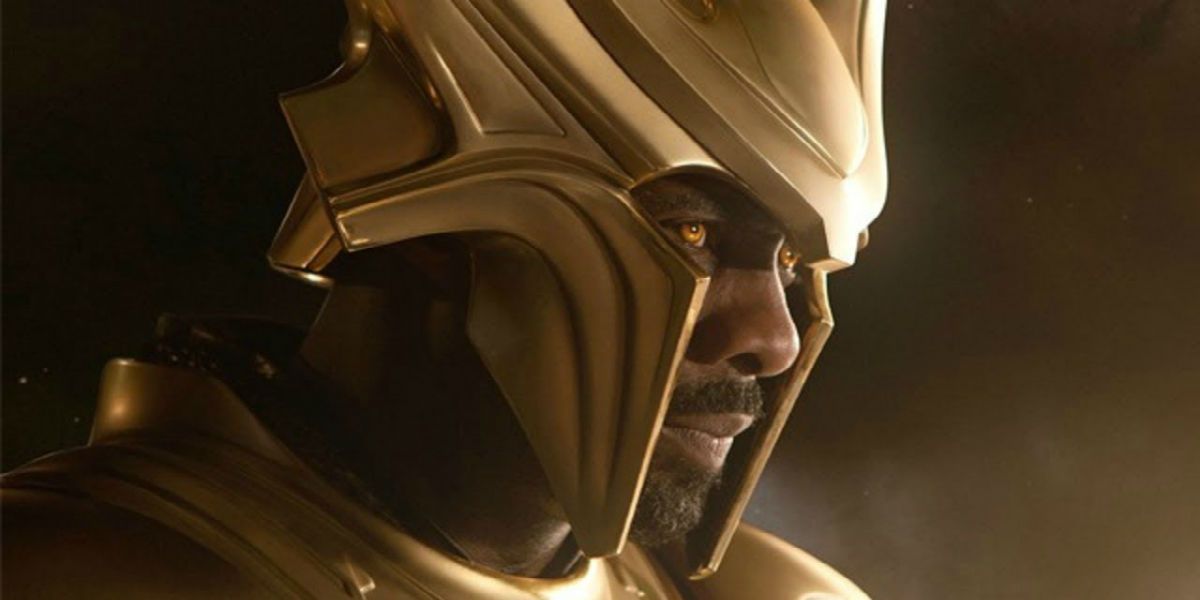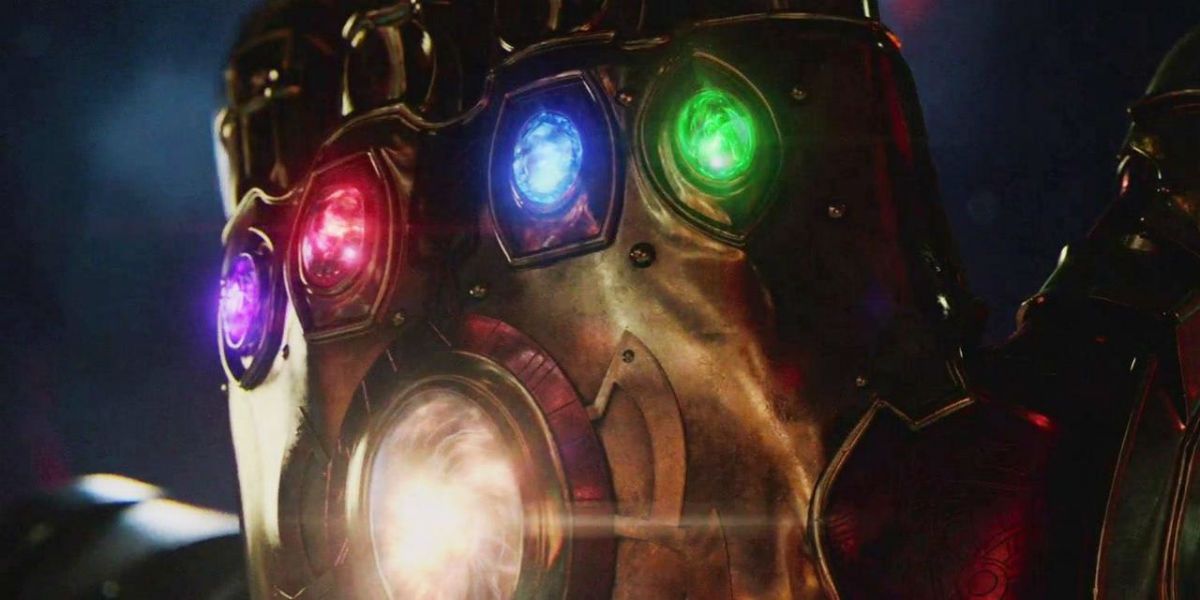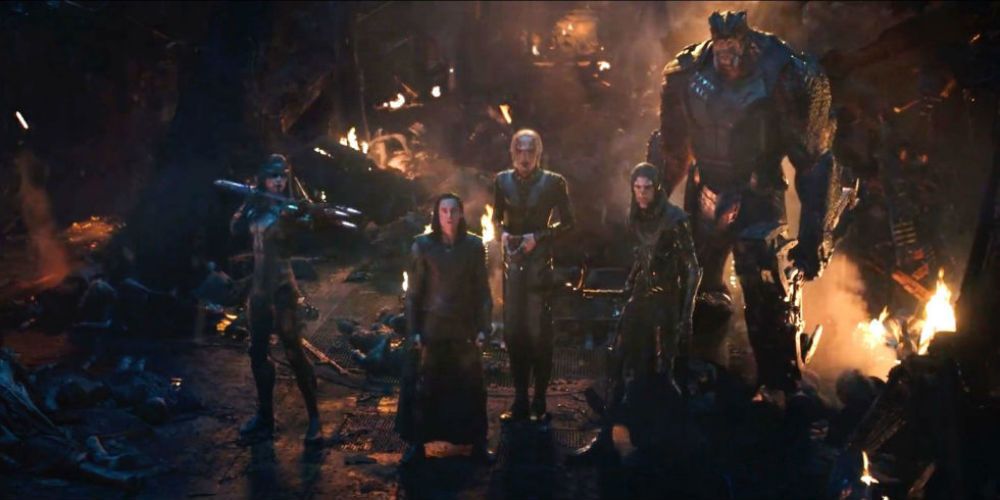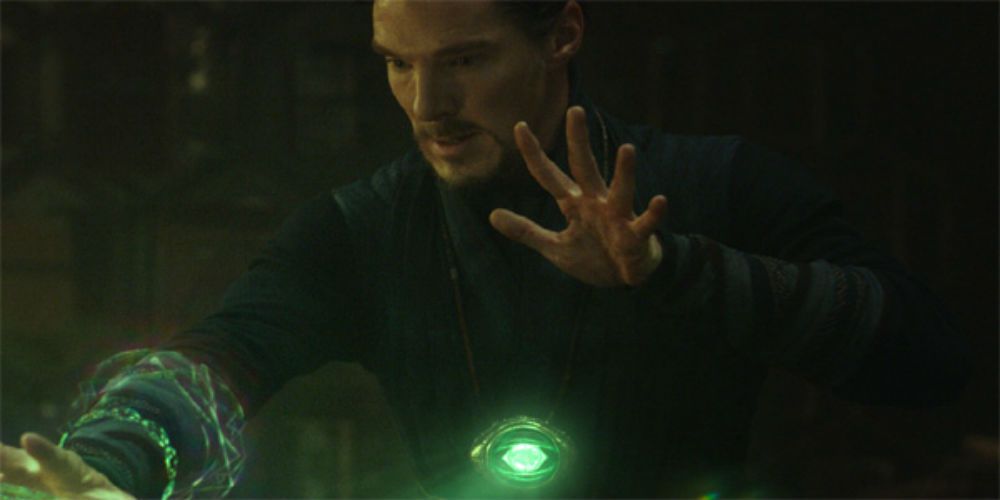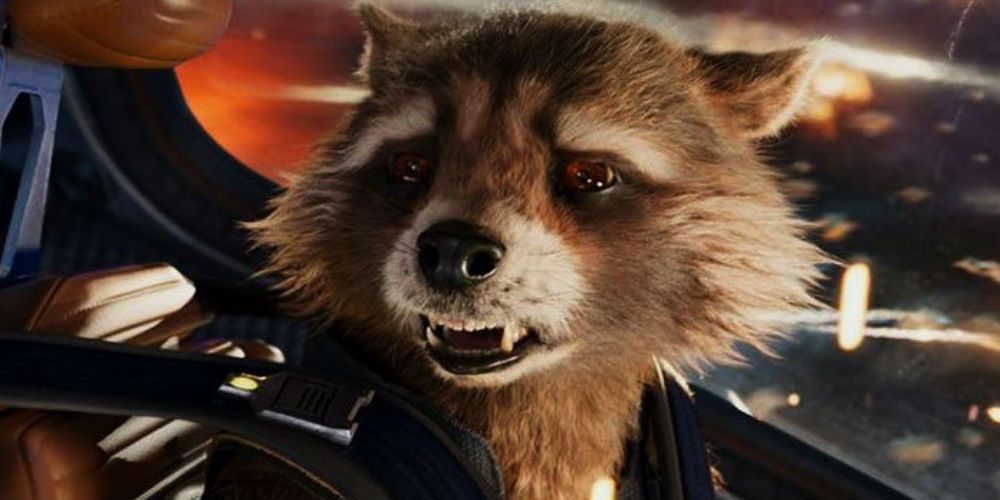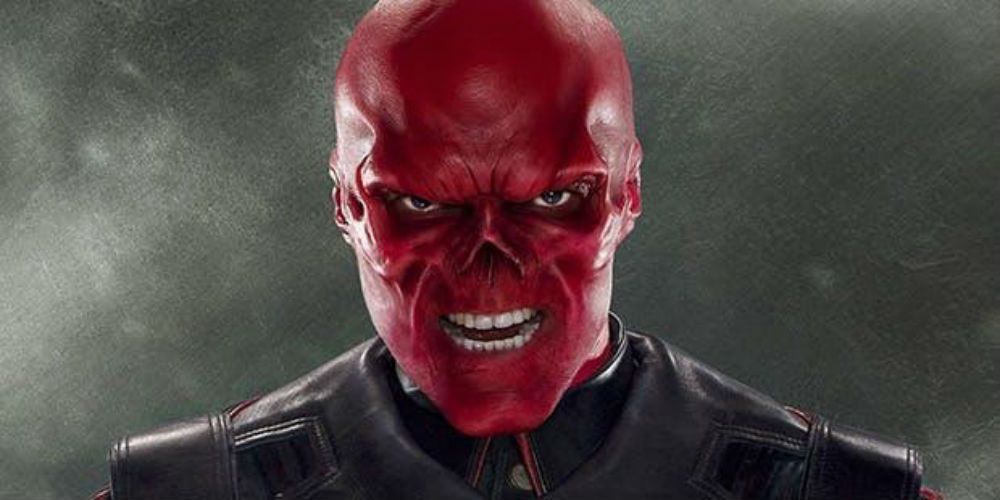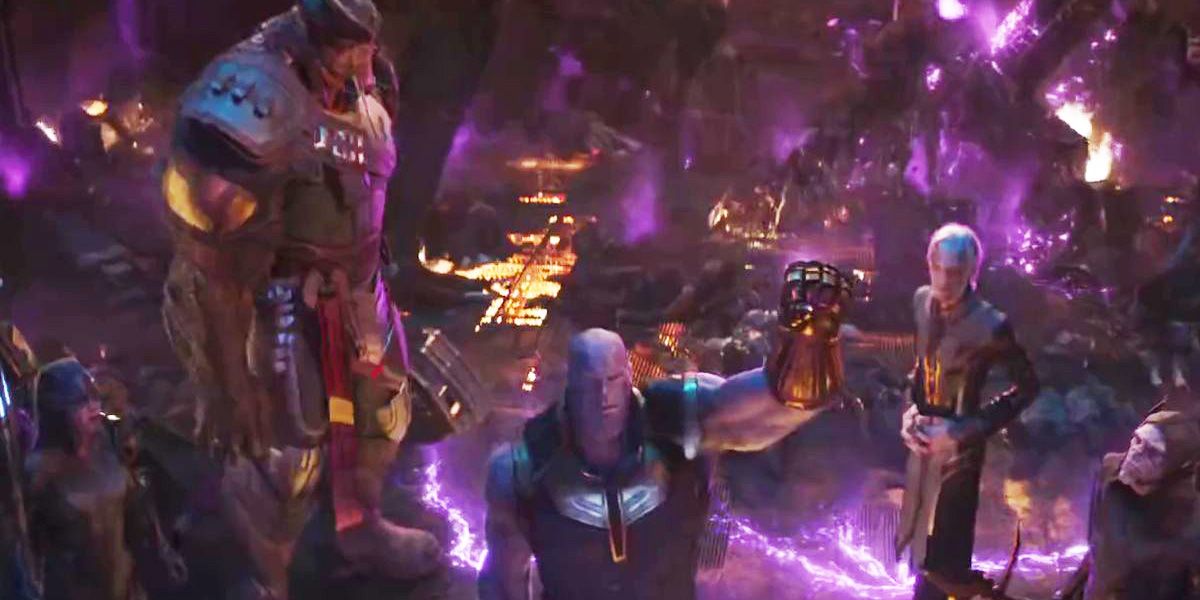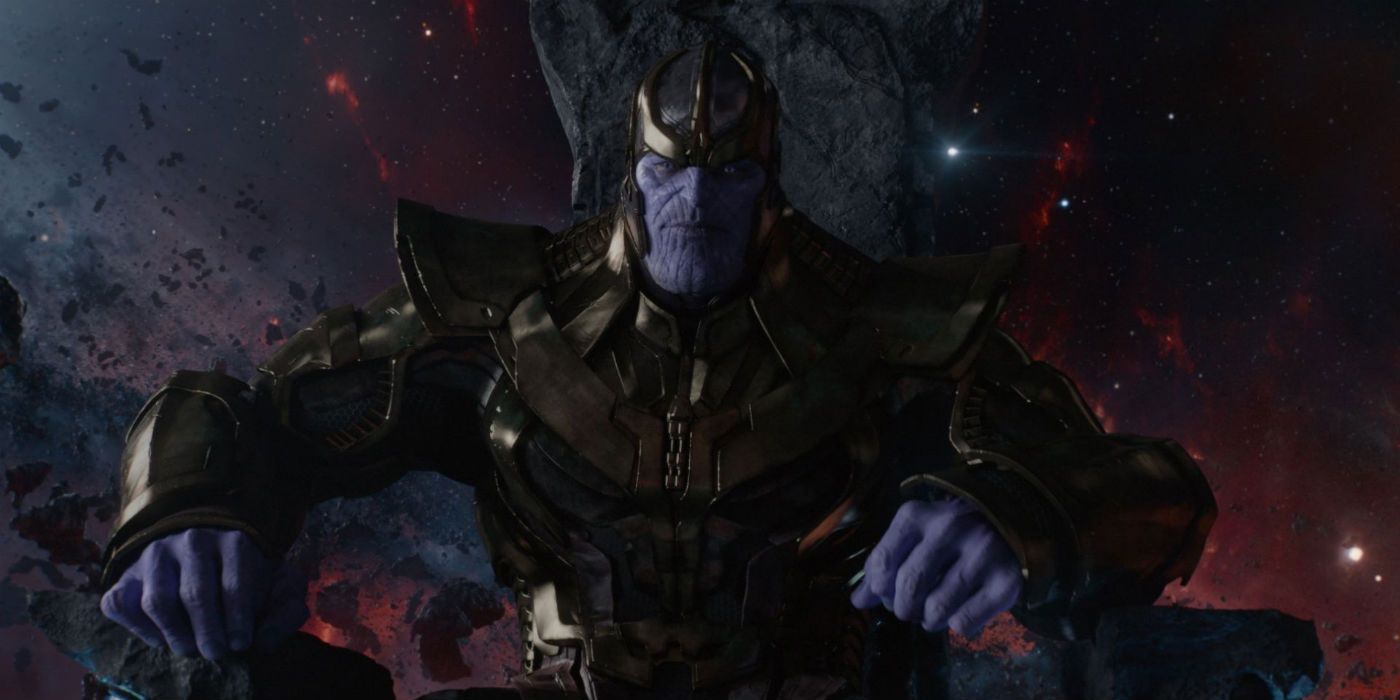The culmination of a full decade’s worth of meticulous Universe-building starting with 2008’s revolutionary Iron Man, Avengers: Infinity War has finally hit theaters, meaning patient fans across the world can finally breathe a collective sigh of relief -- followed by an immediate gasp of awe. With initial reactions to the movie being generally pretty glowing, it appears that Marvel’s ten-year gamble has at last paid off in the most satisfying of ways. Six years on from his first cameo in The Avengers’ post-credits scene, Thanos has finally stepped up to the plate as the MCU’s biggest bad to date, and the result is a truly unique movie that feels unlike anything that’s come before it.
While Avengers: Infinity War is undeniably a blast however, weaving together a decade’s worth of characters, plot threads and lore was bound to leave some inconsistencies and plot holes out in the open -- although the movie does a good enough job that you really have to nit-pick to find them. With that in mind, here are 15 things that don’t quite make sense in Avengers: Infinity War -- but be warned: there are MAJOR SPOILERS ahead! Continue at your own peril, otherwise you may find yourself wishing you had a Time Stone!
15 JUST HOW STRONG IS THANOS?
The opening minutes of Avengers: Infinity War quickly establish Thanos as one of the most formidable beings in the entire Marvel Cinematic Universe, beating the Hulk to a pulp with ease without the use of a single Infinity Stone, before killing both Loki and Heimdall in rapid succession. While this scene solidifies Thanos’ raw strength as far superior to even the Hulk’s -- and that’s without the Power Stone -- the rest of the movie sees the Mad Titan’s strength and durability fluctuate pretty severely.
Despite being able to swat away the Hulk without breaking a sweat, Thanos’ battle with the Avengers later in the movie paints the villain as more vulnerable than his introduction would have you believe, with the likes of Iron Man and Spider-Man managing to land blows that knock back Thanos, throwing him off balance. The most notable example of this comes at the movie’s climax however, in which even Captain America is able to catch one of Thanos’ powerful punches and briefly keep the Mad Titan at bay. When Thanos does eventually strike Cap however, the blow isn’t even powerful enough to kill him, merely incapacitating him for a few moments. Sure, the movie has to give our heroes the chance to take on Thanos one-on-one, but in the end his base power level ends up coming off as inconsistent.
14 IRON MAN’S CONVENIENT DEVICES
It goes without saying that there’s a certain suspension of disbelief that’s required when watching any superhero movie. After all, talking raccoons, reality-warping gems and quirky Norse Gods aren’t exactly par for the course in reality. While it’s easy to buy into out-there concepts and characters however, sometimes overly convenient plot devices and Deus Ex Machinas bend a scene’s credibility to breaking point, taking the audience out the movie. Iron Man is a character who’s suffered from this kind of convenience several times over his movie career, stumbling into Batman’s “shark repellent” territory every now and again.
One particular moment that springs to mind occurred in the first Avengers movie, in which Tony just so happens to be wearing a wristband that summons his suit as he’s thrown from a window. There are a couple of these moments in Avengers: Infinity War, with Iron Man inexplicably carrying round a pod containing Spider-Man’s Iron Spider suit despite having no idea that Peter would show up. This is possibly explained away as “nanotechnology”, but there’s no getting around the fact that the pod also happens to be rocket-propelled, which is convenient considering Spider-Man is hurtling towards Earth. Later in the movie Iron Man even attaches a device to Thanos’ gauntlet that leaves him unable to close his hand. It’s such an oddly specific piece of tech that it’s hard to figure out why Tony would ever create it in the first place, let alone carry it round with him.
13 HULK’S PERFORMANCE ISSUES
Standing as one of the MCU’s most beloved characters to date, the Hulk’s rapid rise to popularity only came after his often-forgotten solo movie The Incredible Hulk, with the character really getting a chance to shine alongside Marvel’s various other heroes more than he ever did in his own standalone story. As much fun as the Hulk is however, it seems Marvel decided to give Bruce Banner his moment in the sun in Avengers: Infinity War, with the Hulk only appearing in its opening scene before disappearing for the rest of the movie’s runtime -- while Banner dons a suit of Hulkbuster armor for most of the film’s climactic battle.
Showing up alongside Thor, Loki and Heimdall immediately following the events of Thor: Ragnarok, the Hulk attempts to put a stop to Thanos’ savage destruction of peaceful Asgardian ships, before receiving a swift and surprising beatdown from the Mad Titan. Following this, the Hulk refuses to emerge for the remainder of the movie, although it’s never explicitly stated why. The assumption is that Hulk is terrified of Thanos’ raw power, which doesn’t quite hold much weight as an argument given that Hulk has been beaten up by the likes of Abomination, Fenris and even Thor in the past.
12 THE INFINITY STONES ARE ALL IN CLOSE PROXIMITY
Debuting in Marvel Premiere #1 in August of 1972 where they were originally referred to as “Soul Gems”, the Infinity Stones would go on to become the most powerful MacGuffins in the entire Marvel Universe, granting total omnipotence and omniscience to their wielders when used in unison. Becoming a central part of the Marvel Cinematic Universe during the franchise’s ten-year build up to Avengers: Infinity War, the origin of the Infinity Stones has been reiterated several times over the course of the MCU’s history. Infinity War makes specific mention of the Stones’ birth however, explaining that they came into being with the Big Bang, each Stone embodying one fundamental aspect of the Universe.
What’s more is that it’s also stated that the explosion spread the Infinity Stones out “across the Universe”, which doesn’t quite add up since all the Stones appear to be in relatively close proximity to each other. You may not consider an entire galaxy “close proximity”, but in the grand scale of the Universe it really is implausible that they all ended up so close to each other -- with the vast majority of the gems residing on Earth alone. Honestly, it’s a surprise that Thanos didn’t get hold of them sooner.
11 LOKI THINKS HE CAN TRICK THANOS
One of the most shocking scenes in the entirety of the movie, Avengers: Infinity War’s opening scene does a great job at setting the tone for what’s to come -- that being violence, destruction, death and an emotional gut-punch here and there. Taking place immediately after the events of Thor: Ragnarok, the scene sees the aftermath of Thanos’ assault on Asgard’s civilian ships, as the Mad Titan intimidates the likes of Thor, Heimdall and Loki. Eventually giving his life in a vain attempt to trick and kill Thanos, Loki’s death at the hands of the MCU’s biggest of bads is a bittersweet affair. On one hand, it’s great to see a full redemptive arc for Loki come to a close, but on the other it would’ve been nice to see him go out with a bang rather than a whimper, with Loki’s final act being somewhat foolish by his standards.
Previously portrayed as the master of the long game, it’s strange to see Loki attempt to trick Thanos into thinking he’s on his side, especially moments after begging for his brother’s life. Trying to get close enough to Thanos to stab him with a hidden blade, Loki’s plan is ultimately much more obvious and poorly conceived than we’re used to seeing from the God of Mischief, so seeing Loki think he has a chance of tricking Thanos feels completely out of character.
10 WHERE WERE NICK FURY AND MARIA HILL?
Serving as the first piece of connective tissue between the MCU’s characters all the way back in 2008’s Iron Man, Nick Fury is arguably the man responsible for bringing the Marvel Universe together in the first place. With that said, the character seems to have faded into the background in recent years, relegated to small roles, cameos, or in Avengers: Infinity War’s case, post-credits scenes. Likewise, Cobie Smulders’ Maria Hill hasn’t been as prominent as she perhaps should have been given the importance of her comic book counterpart. Still, Nick Fury, Maria Hill and S.H.I.E.L.D. at large have always been Earth’s eye in the sky, constantly on the lookout for any potential threats -- or allies -- that the Universe has to offer.
It seems strange then, that both Fury and Hill were completely oblivious to the events of Avengers: Infinity War until it was too late. Somehow letting a gathering army of superheroes in Wakanda escape their notice is one thing, but remaining ignorant to yet another alien invasion is even worse -- especially after the events of The Avengers. Furthermore, why wouldn’t Cap reach out to Fury for help despite his status as a fugitive? Thwarting Thanos’ plans to wipe out half the Universe is kind of important, after all.
9 DRAX AND MANTIS’ REVERSED TRANSFORMATION
Although both Thanos and the Infinity Gems as a concept were first introduced into the Marvel Universe in the '70s, it wasn’t until the 1991 crossover event known as the “Infinity Gauntlet” saga -- penned by Jim Starlin with art by George Perez and Ron Lim -- that Thanos finally accrued all the Infinity Gems. Using them to wreak havoc on the Universe, Thanos’ goals were somewhat less altruistic than his MCU counterpart’s, using the Stones to halt the advances of dozens of Marvel’s most powerful heroes, dispatching his enemies in swift, creative fashion. Turning Thor to glass before shattering him and turning Wolverine’s bones to rubber, we get a taste of this kind of power in Avengers: Infinity War when Thanos transforms Mantis into a heap of rubbery ribbons and Drax into a series of gray blocks.
While the duo’s transformation should technically be permanent given the history of the Reality Stone, the pair soon return to their normal selves when Thanos exits the scene. So, is the Reality Stone’s power solely proximity-based? Or did Thanos actively choose to spare the lives of Drax and Mantis -- and if so why? Whatever the explanation, either the Reality Stone is nowhere near as powerful as it’s been proven to be in the past or Thanos himself facilitated a pretty huge oversight in his own plan, considering Mantis nearly defeated him later in the movie.
8 HEIMDALL’S FINAL ACT
First appearing as a major character in 2011’s Thor, Heimdall, played by Idris Elba, has remained a consistent presence in Thor’s saga throughout the MCU’s history. Even when central Asgardian characters were culled from the Thor mythos in Thor: Ragnarok (rest in peace, Warriors Three), Heimdall was still left standing in the wake of the movie’s apocalyptic events. Mere minutes after the events of Ragnarok though, Heimdall’s life suddenly comes to an abrupt end at the hands of Thanos, but not before performing one final act of heroism. Summoning the Bifrost to send Bruce Banner back to Earth, Heimdall is subsequently stabbed in the gut for his actions, killing him.
The question remains as to why Heimdall chose Bruce to send back as opposed to Thor though, considering that the God of Thunder is a stronger all-rounder, has a reliable set of powers compared to the unstable Hulk, and is essentially Heimdall’s best, most trusted friend. Perhaps Heimdall felt sending a brilliant scientist back to Earth would be more useful than sending Thor, but given Banner’s recent tendency to get stuck as the Hulk for large periods of time, this decision could’ve easily been in vain. Better yet, couldn’t Heimdall have used the Bifrost to transport Thanos away before he gets the Space Stone, giving all of them chance to escape? In the long run it might have been the smarter move.
7 INCONSISTENT INFINITY STONES
With the exception of the Soul Stone, every other one of Thanos’ coveted Infinity Stones have made a pivotal appearance in previous MCU movies, where they’re generally portrayed as incredibly powerful objects capable of mass destruction and chaos. Once the Mad Titan loads the Stones into the Gauntlet however, they begin to act rather strangely -- not to mention inconsistently -- compared to what we’ve seen before. Take the Power Stone for instance, which was an incredibly potent force of nature in Guardians of the Galaxy, shown to be capable of tearing worlds apart at the seams. It took all of the Guardians (as well as Star-Lord’s Celestial ancestry) to wield it, and even that nearly killed them.
In Avengers: Infinity War however, Thanos uses that very same Stone to simply knock Drax back a few feet and fire a blast at Iron Man that’s easily blocked by his new built-in shield. Likewise, the Reality Stone was only used to create illusions and temporary transformations by Thanos, whereas Thor: The Dark World introduced the Stone as a much darker, more unstable threat. It makes sense that the movie wants to give our heroes a fighting chance at tackling Thanos for the sake of tension, but downplaying the power of the very Stones the movie claims are so dangerous doesn’t quite make sense.
6 THE CHILDREN OF THANOS’ UNDEFINED POWER
Let’s face it, given the insanely expansive roster of characters the Russo Brothers had to work with in Avengers: Infinity War, there was simply no chance of fleshing out a whole new group of villains, and secondary villains at that, in the movie’s already tightly-packed script. As a result, Thanos’ trusty quartet of sadistic minions known as the Children of Thanos remain one of the movie’s most underdeveloped aspects. Showing up to cause chaos for Earth’s Mightiest Heroes, the group are only explored on a very superficial level, with little to no explanation for their actions or origins other than their undying loyalty to the Mad Titan.
Likewise, their power levels are also somewhat vague throughout the entirety of the movie. Sure, it’s apparent that Corvus Glaive, Proxima Midnight and Cull Obsidian have super-strength, agility, durability and reflexes while Ebony Maw has powerful telekinetic abilities, but that doesn’t change the fact that their powers are extremely inconsistent. For instance, Proxima Midnight and Corvus Glaive initially appear strong enough to lay a heavy beatdown on Vision -- one of the MCU’s most powerful heroes -- while they’re later batted around by the likes of Black Widow, Okoye and Falcon, who have no powers whatsoever. As a result, the question of just how powerful they are remains up for discussion by the time the movie’s credits roll, especially considering they seem to be notably less formidable than their comic book counterparts.
5 DOCTOR STRANGE’S MISSED OPPORTUNITIES
Despite having only one standalone movie under his belt as well as being one of Marvel’s most recently introduced heroes, Doctor Strange has quickly become one of the most important characters in the entire MCU thanks to his supremely overpowered set of abilities and extensive knowledge of the Universe’s inner workings. Making the transformation from arrogant surgeon to all-powerful sorcerer in Doctor Strange, Strange even managed to defeat Dormammu -- the God of an alternate dimension known as the Dark Dimension -- by using the Time Stone to his advantage.
Following this, it seemed like a foregone conclusion that Thanos would quickly snatch the Stone from Doctor Strange in Avengers: Infinity War, leaving him unable to use it against Thanos for the rest of the movie. This wasn’t ultimately the case however, with Strange only using the Stone to peer into potential futures rather than buying time, slowing down Thanos, or something more practical overall. The Time Stone isn’t the only skill that Strange fails to employ effectively however. Early in the movie we see one of Strange’s closing portals cut off the arm of Cull Obsidian. When fighting Thanos later in the movie however, Strange opens up portals above Thanos’ head for Spider-Man and Star-Lord to launch an attack -- but wouldn’t it have been much more effective to aim the portal a little lower and close it around Thanos’ head? It’s like the Mad Titan told Thor during the movie’s climax, “You should’ve aimed for the head.”
4 ROCKET PLAYS NICE
Okay, so this one may be fairly nit-picky, but did anyone else feel like that Rocket Raccoon warmed to Thor just a little too quickly? Making his debut in 2014’s Guardians of the Galaxy, Rocket soon endeared himself to audiences worldwide thanks to his unique design, great dialogue, and surprisingly tragic backstory -- not to mention a fantastic voice performance by an unrecognizable Bradley Cooper. Introduced as a cold, cynical bounty hunter alongside his only friend Groot, both Guardians of the Galaxy and Guardians of the Galaxy Vol. 2 went to great lengths to establish Rocket as a deeply distrusting individual thanks to the dark circumstances of his brutal creation.
Not even fully trusting of the other Guardians despite considering them family, it’s clear that the abuse of Rocket at the hands of his creators have had a huge impact on his ability form relationships -- one of the more poignant and tragic aspects of his character. When Thor shows up under mysterious circumstances however, it’s actually Rocket who appears to be the most trusting of Thor initially, even voluntarily putting himself in danger to help Thor on his mission to forge a new hammer. It’s a small issue for sure, but Rocket is easily the least selfless member of the Guardians, so having him immediately side with Thor doesn’t quite feel like something he’d do -- especially since even the Guardians themselves have had to work so hard to earn his trust.
3 RED SKULL’S JOURNEY
Serving as the primary villain back in 2011’s Captain America: The First Avenger, Red Skull is also Captain America’s arch-enemy, representing the moral and political polar opposite of the Star-Spangled Avenger. After his assumed death in the movie’s climax however, it didn’t take long for fans to speculate that Red Skull hadn’t exactly perished in his encounter with the Tesseract, making the “return of Red Skull” theory one the oldest fan theories in the MCU -- and one that was correct, too.
It’s revealed in Avengers: Infinity War that Red Skull actually wasn’t killed by the Tesseract, but was instead transported to the resting place of the Soul Stone to serve as its keeper. This is a peculiar plot twist for several reasons, the first being that the movie implies the Time Stone chose to send Red Skull away, meaning that the Stones themselves have some sense of agency. Why haven’t we seen this before? It’s also unclear as to why exactly the Soul Stone even needs Red Skull around to begin with -- when Thanos eventually shows up he merely drops a quick mouthful of exposition before becoming useless again. Does the Soul Stone actively want to be found? There are a lot of questions tied to the confusing revelation, and perhaps they’ll be answered in Avengers 4, but this was ultimately a disappointing and poorly-reasoned way to bring back a fan favorite villain.
2 DOES THANOS REALLY NEED HIS MINIONS?
Despite the fact that both Thanos and the Infinity Gauntlet have become incredibly iconic parts of comic book history over the decades, Thanos’ loyal group of minions featured in Avengers: Infinity War -- known as the Black Order in the comics but the Children of Thanos in the movie -- only date back to 2013, a full year after even the first Avengers movie. First appearing in Infinity #1 as part of the huge “Infinity” crossover event, the Black Order consists of Ebony Maw, Corvus Glaive, Proxima Midnight, Supergiant (who isn’t present in the movie) and Black Dwarf (changed to Cull Obsidian in Infinity War). Despite the fact that their collective set of powers are formidable enough to serve Thanos, the characters seem to have been somewhat nerfed in the movie, calling into question exactly why Thanos even needs them in the first place.
Sure, the movie needs multiple threats to give our disparate heroes a villain to fight, but given that Thanos laid waste to Xandar for the Power Stone and presumably has immeasurable resources -- including entire armies -- the Children of Thanos seem somewhat superfluous considering the ultimately accomplish nothing. In fact, by the end of the movie Thanos acquires all of the Stones by himself anyway, merely strolling into Wakanda and plucking the Mind Stone from Vision’s forehead with considerable ease. As Thanos himself said in Avengers: Age of Ultron’s post-credits scene: “Fine, I’ll do it myself”. Words to live by.
1 THANOS CONSTANTLY LETS HIS ENEMIES LIVE
The Thanos we see in Avengers: Infinity War is actually quite different from the one made famous by Marvel Comics. Less mustache-twirling and maniacal than his comic book counterpart, the MCU’s Thanos comes off as more of a weary warrior, finally reaching the end of a decades-long mission to “save the Universe”, if you can call it that. Killing only as a means to an end rather than out of enjoyment, Thanos’ introduction in the movie shows that the character has no qualms with ending the lives of those that get in his way, as the likes of Loki, Heimdall and countless innocent Asgardians learn the hard way.
Following the first scene though, Thanos’ skirmishes with Earth’s Mightiest Heroes are never quite as brutal as the first scene suggests they might be, with Thanos generally incapacitating heroes rather than taking them off the board for good -- which doesn’t make much sense given his sheer determination and overall disregard for life. It’s obvious that Thanos could kill these characters if he wanted to, and it’s clear that they’ll only return to get in his way, so it almost feels like Thanos knows which characters are important to the plot and allows them to live. For a character with such a merciless reputation, his failure to finish off interfering heroes simply makes no sense -- and is an issue present for most of the movie.

